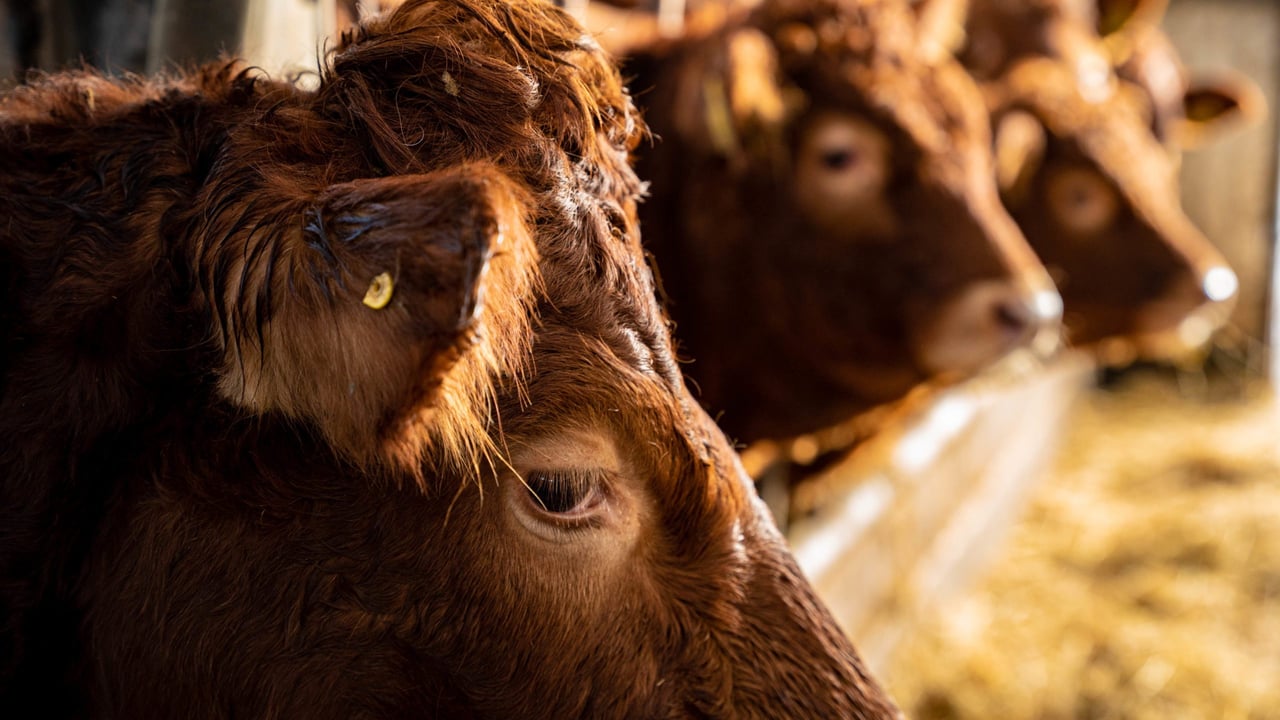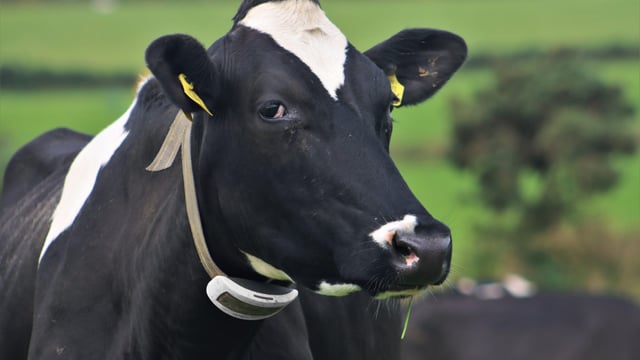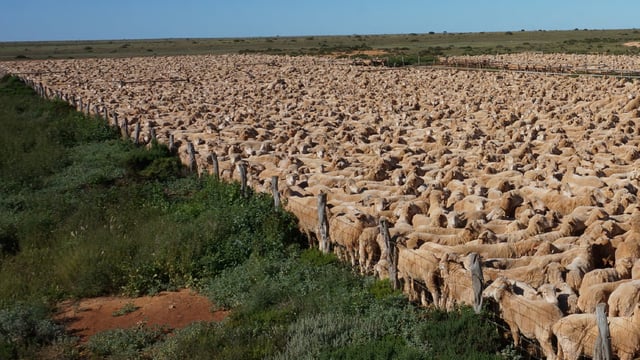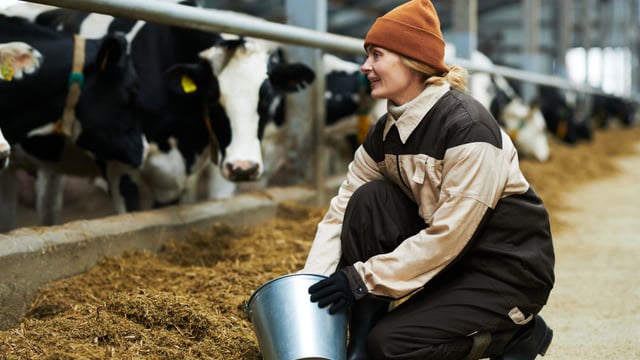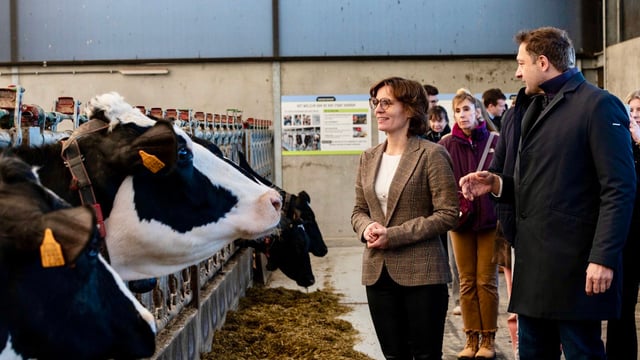Foot-and-mouth disease confirmed in Hungary
Foot-and-mouth disease (FMD) has been identified by a national laboratory in Hungary, the country's National Food Chain Safety Authority announced today (Friday, March 7).
The disease was identified in cattle on a 1,400-head farm in Kisbajcs, a village in the northwest of the country, close to the border with Slovakia.
The country's national chief veterinarian has ordered immediate official measures to prevent the spread of the disease, which, officials warned, causes serious economic damage.
The highly contagious disease has reappeared in Hungary after more than 50 years.
Officials said the farm saw classic symptoms of foot-and-mouth disease at the beginning of March. The presence of the pathogen was confirmed by the National Food Chain Safety Authority laboratory.
Dr. Szabolcs Pásztor, the national chief veterinarian, immediately ordered the closure of the farm and the initiation of an epidemiological investigation.
In order to prevent the further spread of the disease, strict official measures will be implemented, including a ban on the transport of susceptible live animal species.
The culling of the herd, and an investigation of the source of infection, are in progress, authorities said.
The Hungarian government has said it is important that all owners of susceptible species should pay special attention to complying with disease control regulations and the official measures imposed, and report any illness in their animals to their veterinarian immediately.
This is the second confirmed case of foot-and-mouth disease in the EU this year, after an outbreak was confirmed in Germany in January.
Foot-and-mouth disease is a highly contagious viral disease that mainly affects cloven-hoofed animals (e.g. cattle, pigs, sheep, goats, buffalo, and wild ruminants).
The main symptoms of the disease include fever, loss of appetite, salivation and the appearance of blisters in the mouth and on the feet.
Foot-and-mouth disease is very rarely transmitted to humans, but due to its extremely high contagiousness and rapid spread in livestock, its appearance has serious economic consequences.
Hungarian authorities said that, as infected animals cannot be treated, all cloven-hoofed animals on a farm must be culled if the disease is confirmed in even one animal on the farm.

